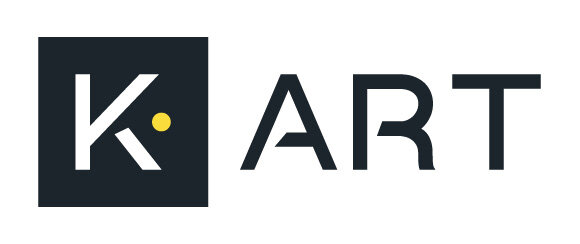Slow Lines
Solo exhibition of works by Vanessa Dion Fletcher
on view May 25th - October 21st, 2023
Slow Lines surveys two projects highlighting linear fragments, resourcefulness, and continuation. “Zig Zag in Twenty-Nine Parts,” developed in 2019, reveals complexities in materials and form, beginnings and endings, and color harmonies. The series follows a line’s lifetime of breakages, reconnections, extensions, and changes in identity. Work created after 2019, however, progresses into fully visualized images encompassed within the paper. They continue the dialogue that the prior series initiated, now conveyed as circular hoops.
All works utilize porcupine quills sourced from the North American Porcupine. Dion Fletcher colors her material with synthetic and natural dyes and sews them into her base. The process is tedious and time-consuming, hence Slow Lines. Production (sourcing, curing, dyeing, and stitching the quills) requires patience; as the artist proves, quality comes with time.
Before the 20th century, decorative quillwork was done primarily by women allowing them to have ownership over their designs. This sacred and often tedious art form was unique to North America. Plants were used to create vibrant shades of red, vivid blues, and elusive greens.
Communities from southern Canada to northern Texas created pieces to honor warriors and tribal leaders, decorate spiritual leaders, and hone in on animal power.
As told by Picking Bones Woman to George Bird Grinnell, Cheyenne's oral history says quilling came to their tribe from a man who married a woman who hid her true identity as a buffalo. His son was also a buffalo. The man visited his wife and son in their buffalo home, and while among the buffalo, the man learned the art of quilling, which he shared with the women of his tribe.
With the introduction of beads by European settlers, the art form deteriorated and nearly became lost. Thankfully, some artists have revived the dying art.

Slowness is an integral part of Quillwork and Dion Fletcher's artistic practice. As described in her 2022 Lecture "The Language of Quillwork" and Aram Han Sifuentes's essay 'Backwards and Forwards Reflections in Porcupine Quills,' slowness for Dion Fletcher is a way of making a way of being and an assertion against demanding power structures.
Over the past six years, Dion Fletcher has developed her styles, trends, lines, and colour pallets, working with porcupine quills. Looking at lines of quillwork and beading from other artists, Dion Fletcher imagines the hands of the maker(s) and the time spent laying down each quill and stitch. She appreciates the colours and patterns they chose to build quill by quill.
Zig Zag in 29 Parts, #14

About the Artist
Vanessa Dion Fletcher is a Lenape and Potawatomi neurodiverse Artist; her family is from Eelūnaapèewii Lahkèewiitt (displaced from Lenapehoking) and European settlers. She uses porcupine quills, Wampum belts, and menstrual blood to reveal the complexities of what defines a body physically and culturally. Reflecting on an Indigenous and gendered body with a neurodiverse mind, Dion Fletcher primarily works in performance, textiles, and video.
She graduated from The School of the Art Institute of Chicago in 2016 with an MFA in performance and a Bachelor of Fine Arts from York University in 2009. She has exhibited across Canada and the USA at Art Mur Montreal, Eastern Edge Gallery Newfoundland, The Queer Arts Festival Vancouver, and the Satellite Art Show in Miami. She works in the Indigenous Art Centre, Joan Flasch Artist Book Collection, Vtape, Seneca College, Global Affairs Canada, and the Archives of American Art.





